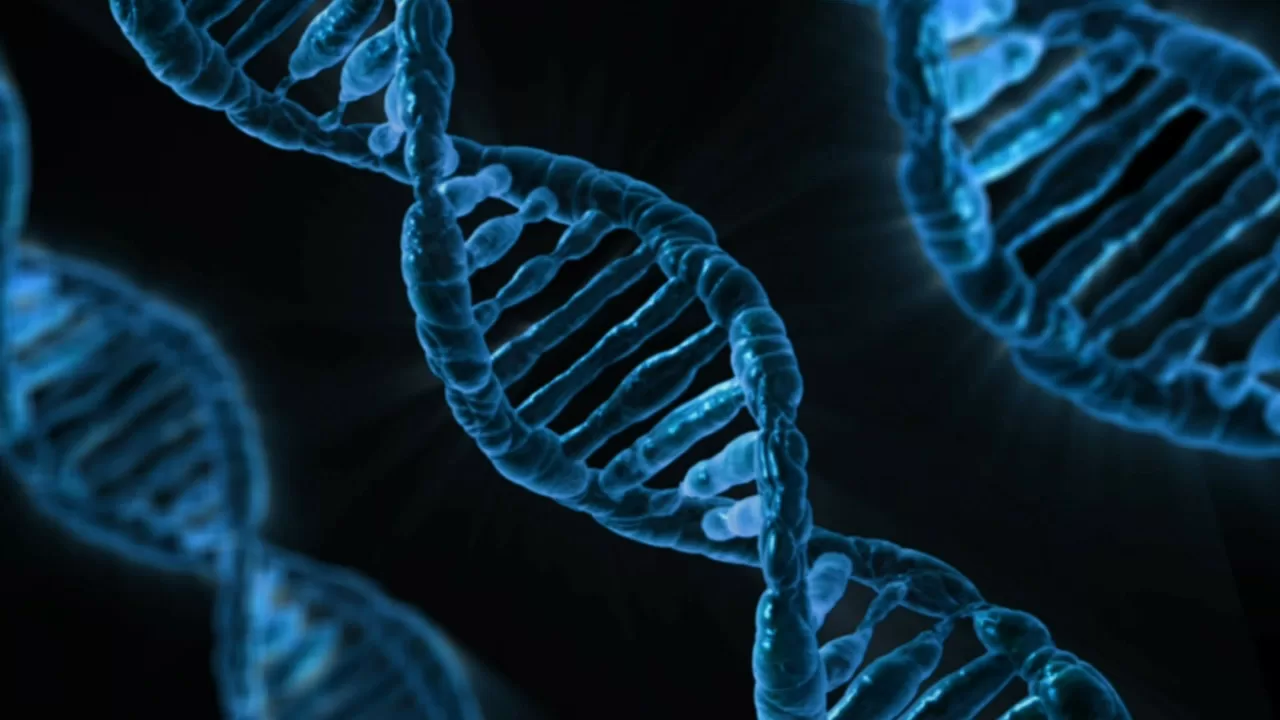Education
Scientists uncover Genetic Evidence that ‘we are what we eat’

Researchers at the University of Oxford have demonstrated that the diets of organisms can affect the DNA sequences of their genes.
In a study on two groups of parasites, the team detected differences in DNA sequences that could be attributed to the composition of their food.
The results are published in the journal Genome Biology.
Study co-author Dr Steven Kelly, from Oxford’s Department of Plant Sciences, said: ‘Organisms construct their DNA using building blocks they get from food. Our hypothesis was that the composition of this food could alter an organism’s DNA. For example, could a vegetarian panda have predictable genetic differences from a meat-eating polar bear?
‘To test this hypothesis, we picked simple groups of parasites to use as a model system. These parasites share a common ancestor but have evolved to infect different hosts and eat very different foods.
‘We found that different levels of nitrogen in a parasite’s diet contributed to changes in its DNA. Specifically, parasites with low-nitrogen, high-sugar diets had DNA sequences that used less nitrogen than parasites with nitrogen-rich, high-protein diets.’
The study involved groups of eukaryotic parasites (Kinetoplastida) and bacterial parasites (Mollicutes) that infect different plant or animal hosts.
The results, based on novel mathematical models developed by the researchers, reveal a previously hidden relationship between cellular metabolism and evolution. They provide new insights into how DNA sequences can be influenced by adaptation to different diets.
Furthermore, the team found it is possible to predict the diets of related organisms by analysing the DNA sequence of their genes.
Study co-author Emily Seward, a doctoral candidate in Oxford’s Department of Plant Sciences, said: ‘It has been unclear why very closely related organisms can look so different in their genetic makeup. By bringing together two fundamental aspects of biology – metabolism and genetics – we have advanced our understanding of this area.
‘It’s a difficult question to answer, because there are so many factors that can influence the DNA sequence of an organism. But our study explains a very high percentage of these differences and provides evidence that we really are what we eat.
‘We are now looking at more complex organisms to see if we will find the same thing.’


















































